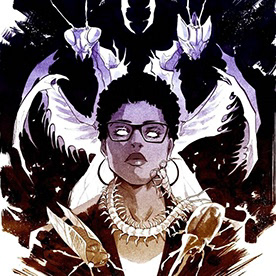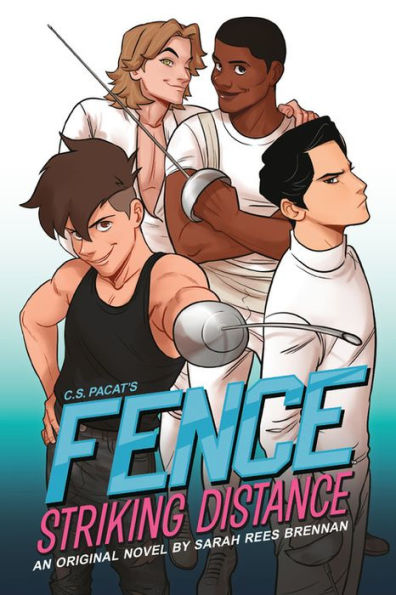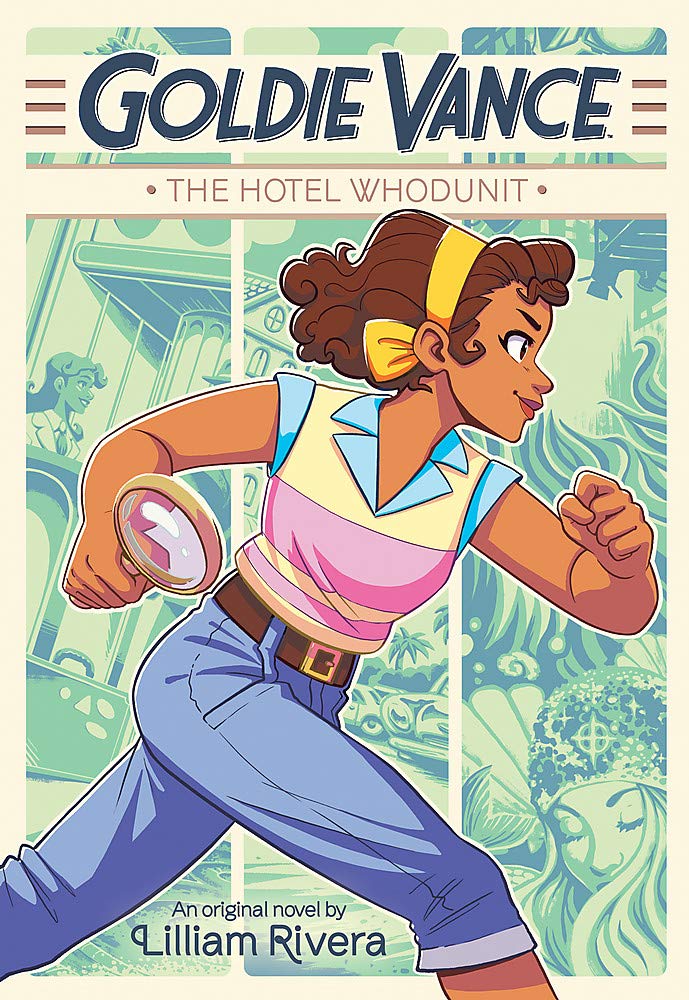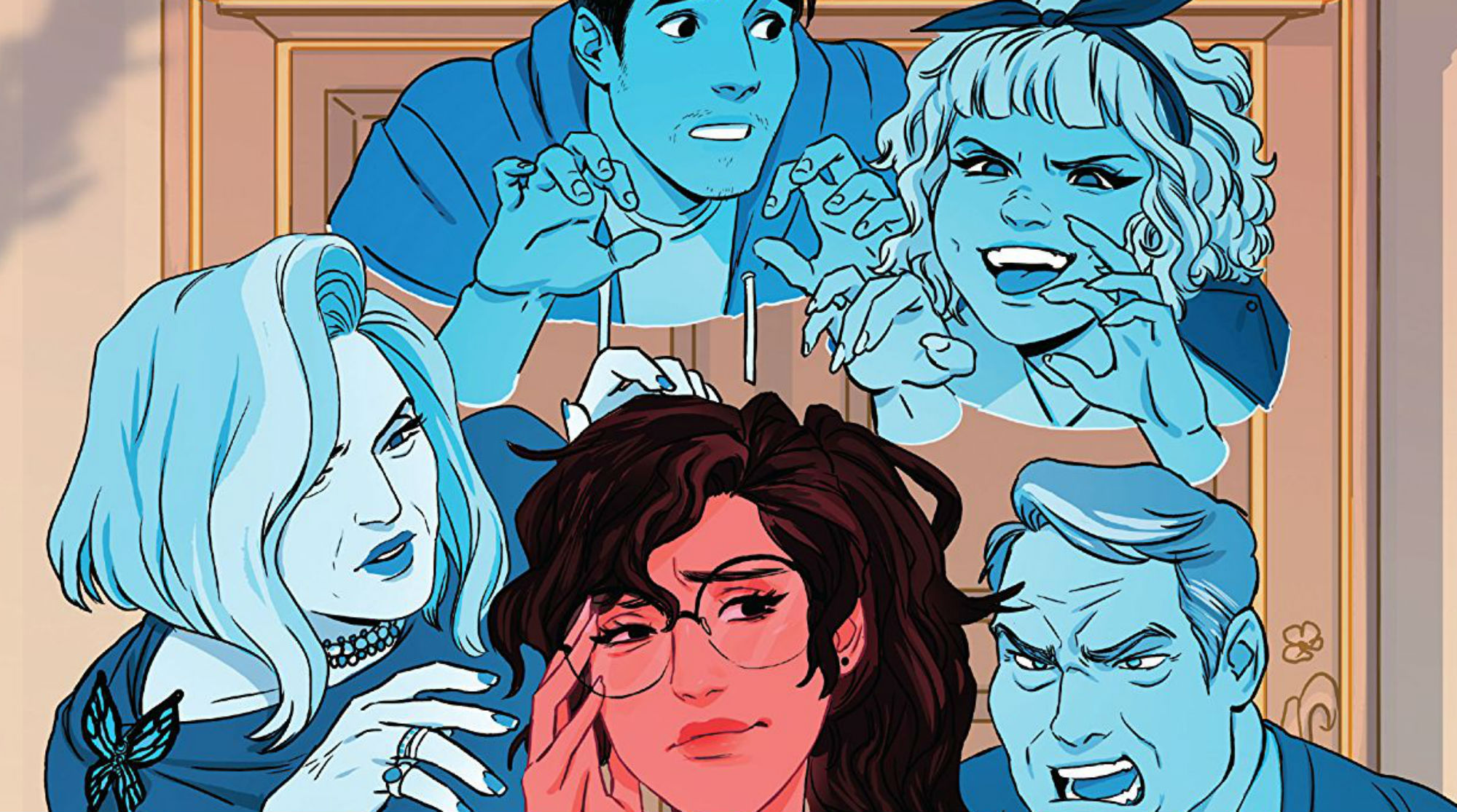
by Chris Allo | Feb 2, 2023 | Blog
Happy New Year to all the queer comic book connoisseurs out there! For the first installment of the Queer Creator spotlight of 2023, I had the honor of speaking with Afro-Italian artist Karen S. Darboe who’s launching her first Marvel book this week, Bloodline:...

by Michele Kirichanskaya | Sep 24, 2020 | Blog
Fence, created by C.S. Pacat and Johanna the Mad, follows the story of sixteen year old Nicholas Cox as he enters into the world of competitive fencing. I had the opportunity to interview C.S. Pacat, Johanna the Mad, as well as Fence: Striking Distance author Sarah...

by Michele Kirichanskaya | Apr 17, 2020 | Blog
Goldie Vance: The Hotel Whodunit, “Move over, Nancy Drew – there’s a new sleuth in town! Inspired by the beloved comic series, Goldie Vance is ready to sleuth her way through never-before-seen mysteries in this original novel series by Lilliam Rivera...

by Geeks OUT | Jul 17, 2019 | Blog
Moving to a new city is tough. Starting college is tough. Breaking up with your boyfriend and losing your best friend in a matter of weeks is also tough. So what’s college freshman Daphne to do? Just what anyone in this situation would do – find some new...





